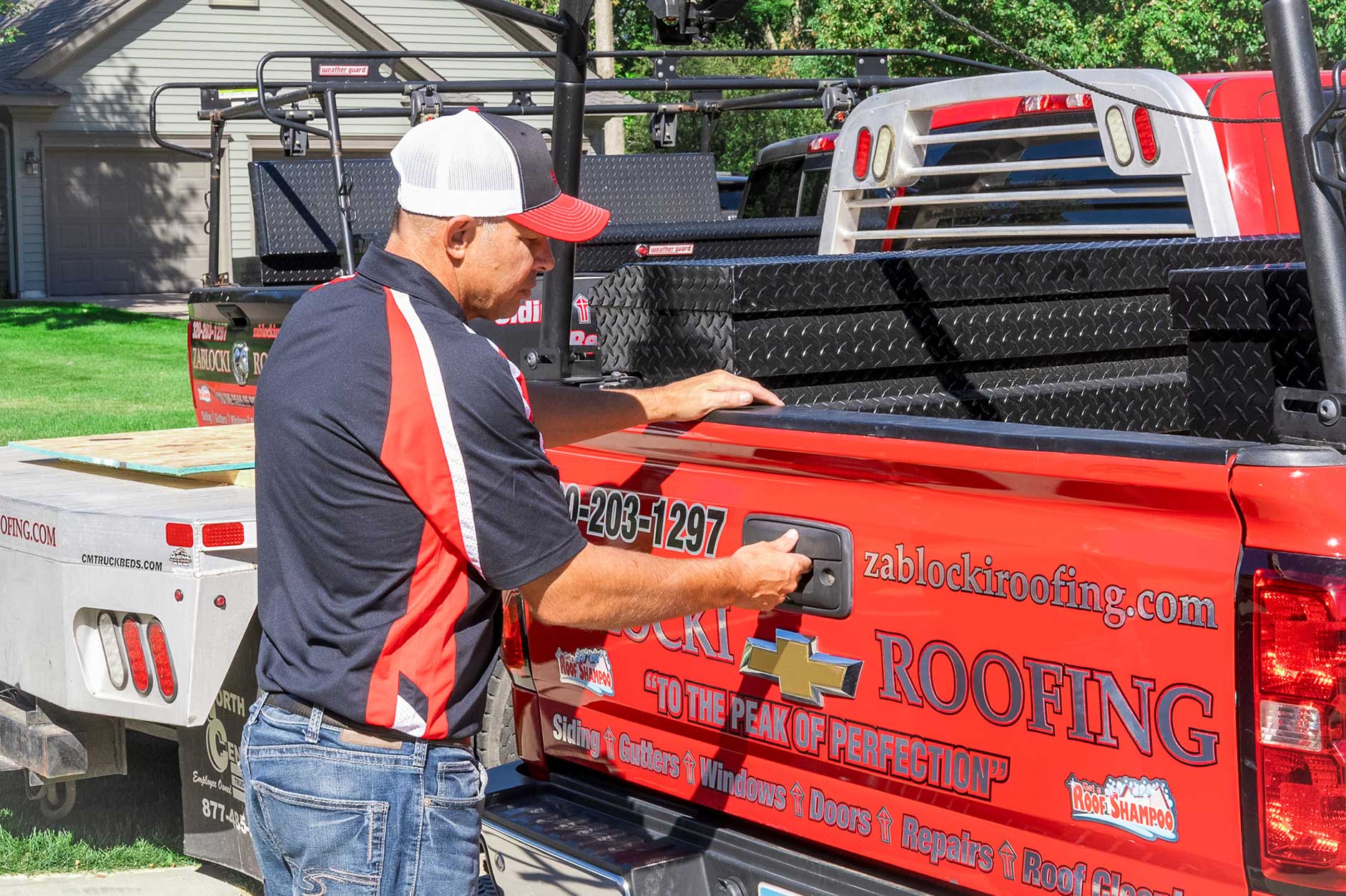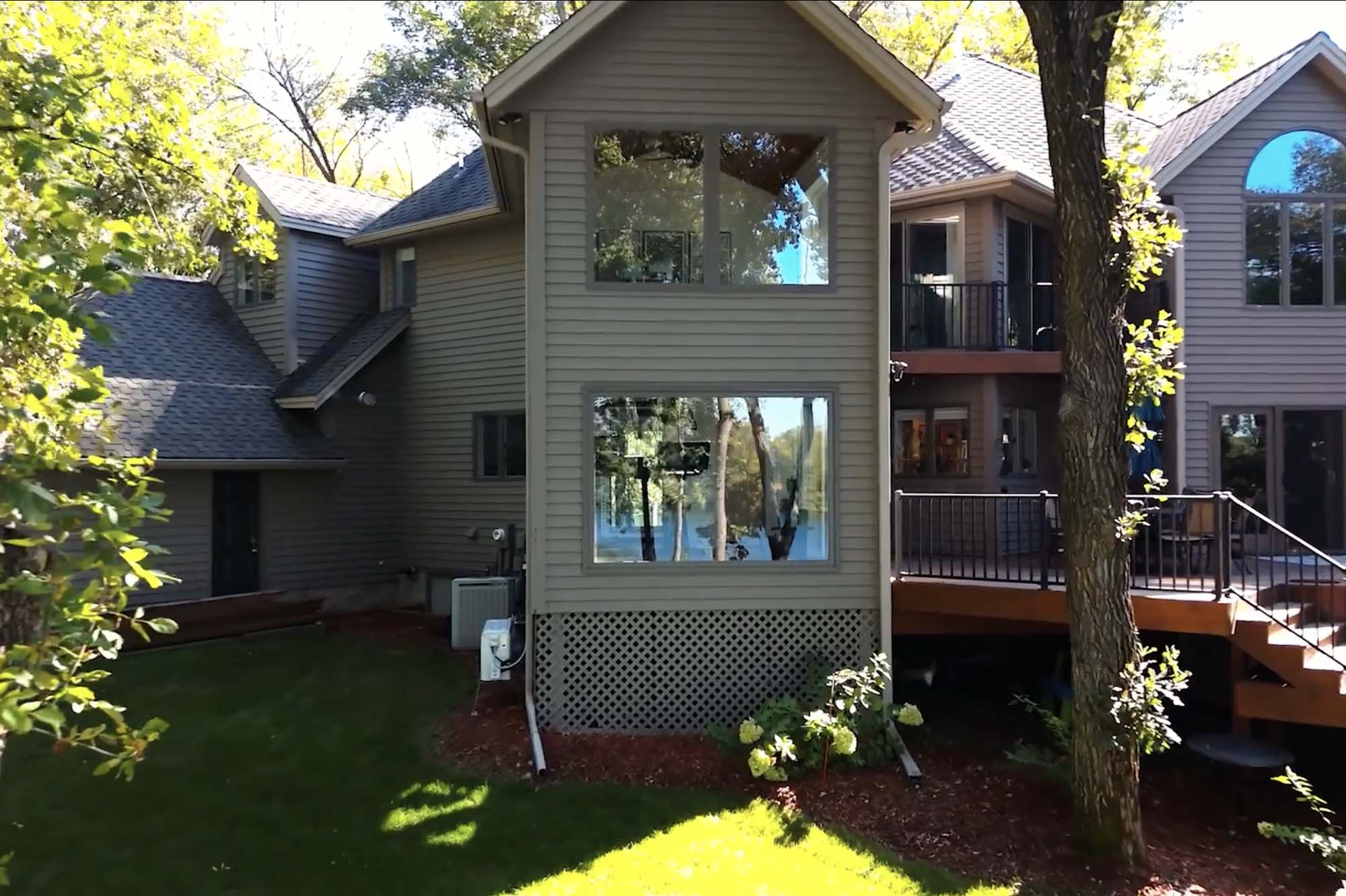Do I Need a Permit for Roof Replacement?
Minnesota requires building permits for roof replacement projects. The Minnesota State Building Code requires permits for re-roofing existing dwellings, consistent across all Minnesota municipalities.

You've scheduled your roof replacement and chosen your shingles. But there's one question many homeowners forget to ask: do I need a permit?
Yes. Minnesota requires building permits for roof replacement projects. Understanding the permit process and local requirements protects you from fines, insurance problems, and complications when selling your home.
Roof Replacement Permits Are Required in Minnesota
The Minnesota State Building Code requires permits for re-roofing existing dwellings. This is consistent across all Minnesota municipalities. Whether you live in Minneapolis, St. Paul, Bloomington, St. Cloud, or any other Minnesota city, you need a roof replacement permit when you're doing a full replacement.
Full roof replacements require permits when:
- You're removing existing roofing material down to the deck
- You're replacing the entire roof surface
- You're doing structural repairs to the roof deck
- You're changing roofing materials or adding weight to the structure
Minnesota municipalities enforce this consistently. Minneapolis, St. Paul, Arden Hills, Apple Valley, Bloomington, and St. Cloud all specifically require permits for roof replacement work.
Minor Repairs vs Full Replacement
Small repair work may not require a permit. Emergency tarping, replacing a few damaged shingles, or patching a small leak typically fall below permit thresholds.
The distinction is scope. Are you fixing damage or replacing the roof system? Replacements require permits.
Why Minnesota Enforces Roofing Permits
Minnesota's climate demands strict roofing standards. Permits ensure your roof meets current roofing code requirements designed for our weather conditions.
Safety and Code Compliance
Building inspectors verify that roofing work meets Minnesota Building Code standards. These codes address critical requirements for our climate.
Minnesota roofing code requirements include:
- Snow load capacity for heavy winter accumulation
- Ice dam prevention and ice barrier installation
- Proper attic ventilation for extreme temperature swings
- Wind resistance ratings for storm protection
- Fire resistance classifications
Inspectors confirm your roof can handle Minnesota weather. This protects your home's structural integrity.
Insurance Coverage Protection
Most insurance companies require permitted work for claims coverage. An unpermitted roof replacement can give your insurer grounds to deny storm damage claims.
This could mean paying out of pocket for repairs or replacement after severe weather. In Minnesota, where hail and wind damage are common, this risk is significant.
Property Value and Resale Requirements
Unpermitted work can create problems when selling. Title companies may flag missing permits during the closing process.
Unpermitted work can force you to:
- Address permit issues before closing
- Potentially reduce your sale price
- Face concerns from cautious buyers
- Disclose the issue legally to potential buyers
Many buyers in Minnesota are increasingly aware of permit requirements and may have concerns about homes with code compliance issues.
The Minnesota Roof Permit Process
Getting a roof replacement permit in Minnesota follows a standard process. Your contractor should handle every step.
Application Requirements
Permit applications require specific documentation submitted to your local building department. Discuss with your contractor how permits will be handled for your project.
Required documentation includes:
- Detailed scope of work
- Materials specifications and manufacturer information
- Contractor license and insurance verification
- Property information and legal description
- Permit application fees
Permit fees in Minnesota cities:
- Minneapolis: Varies by project value
- St. Paul: Standard residential roofing permit fee
- Bloomington: $100 flat fee for residential roofing
- St. Cloud: Standard permit fee structure
- Arden Hills: Based on project scope
- Apple Valley: Standard residential rate
Inspection Schedule and Requirements
Minnesota requires inspections at critical project phases. This ensures proper installation before covering work.
Standard inspection points:
Progress inspection occurs after tear-off and ice barrier installation. The inspector examines your roof deck condition, verifies proper ice barrier placement, and confirms flashing details. Many cities now accept photos of the ice barrier stage if properly documented.
Final inspection happens after complete installation. Inspectors verify proper underlayment, ventilation, shingle installation, and overall workmanship. Your permit closes only after passing final inspection.
Timeline Expectations
Permit approval in Minnesota typically takes one to two weeks. Timeline depends on your municipality's workload and application completeness.
Building departments may take longer during peak construction season from April through October. Professional contractors factor this into project scheduling.
Minnesota Code Requirements for Roofing
Minnesota adopted the 2020 Minnesota Residential Code with specific requirements for our climate.
Ice Barrier Requirements
Minnesota requires ice barriers due to our severe winter climate. The ice barrier must extend from the eave edge to at least 24 inches inside the exterior wall line.
This prevents ice dam damage common in Minnesota winters. Proper installation is mandatory and verified during inspection.
Underlayment Standards
Underlayment requirements vary by roof pitch. Low-slope roofs (2:12 to 4:12) require two layers of 15-pound felt with specific overlap requirements.
Standard-pitch roofs require proper underlayment installation following manufacturer specifications and Minnesota code.
Ventilation Requirements
Minnesota requires proper attic ventilation to handle extreme temperature swings. The minimum net free ventilating area is 1:150 of the space ventilated, or 1:300 with proper upper and lower vent placement.
Inadequate ventilation causes ice dams, moisture problems, and premature roof failure in Minnesota's climate.
Consequences of Skipping Permits in Minnesota
Working without required permits creates serious legal and financial risks.
Financial Penalties
Minnesota building departments can issue stop-work orders when discovering unpermitted roofing work. They may assess fines and require permits to be obtained.
Financial consequences can include:
- Fines that may be double or more of the original permit fee
- Required permit applications after work is complete
- Additional inspection fees
- In some cases, removal of completed work for proper inspection
Some homeowners end up paying significantly more to correct permit violations.
Insurance and Legal Problems
Unpermitted roofs can create insurance coverage issues. Many Minnesota insurers check for proper permits when processing claims.
Potential insurance implications:
- Risk of denied storm damage claims
- Personal liability for damage costs
- Questions about coverage for contractor work
- Possible policy complications
Minnesota's frequent severe weather makes these risks particularly concerning.
Resale Complications
Selling a home with unpermitted roofing work requires legal disclosure in Minnesota. Real estate law requires disclosure of known issues that could affect property value.
This disclosure can concern buyers or reduce offers. Some buyers may avoid properties with permit issues, while others may negotiate price reductions to account for the risk.
Working with Compliant Minnesota Contractors
Your contractor's approach to permits reveals their professionalism and reliability.
Warning Signs
Avoid contractors who:
- Discourage obtaining permits
- Claim permits are unnecessary paperwork
- Offer discounts for unpermitted work
- Pressure you to start immediately without permits
- Cannot provide contractor license verification
These shortcuts expose you to legal and financial risk. The contractor disappears after installation while you face the consequences.
Professional Standards
Licensed Minnesota roofing contractors understand Minnesota Building Code and maintain proper licensing with the state.
Professional contractors:
- Clearly explain how permits will be handled
- Provide transparency about the permitting process
- Ensure all required inspections are completed
- Maintain active Minnesota contractor licenses
- Carry proper insurance coverage
- Follow all state and local code requirements
Verification Questions
Get clear answers before hiring any roofing contractor.
Ask these specific questions:
- How are permits handled for this project?
- Who is responsible for obtaining the permit?
- What permit fees should I expect?
- Who schedules and attends inspections?
- Can I see your Minnesota contractor license?
- Can you provide current insurance certificates?
- How long have you been licensed in Minnesota?
Clear, confident answers indicate a trustworthy contractor.
Your Minnesota Permit Compliance Plan
Follow these steps before starting your roof replacement project.
Step 1: Contact your city or county building department. Confirm specific permit requirements for your location.
Step 2: Verify your contractor holds a valid Minnesota contractor license. Check the Minnesota Department of Labor and Industry contractor database.
Step 3: Review your homeowners association guidelines if applicable. Some associations require architectural approval beyond city permits.
Step 4: Clarify with your contractor how permits will be handled. Get all agreements in writing in your contract.
Step 5: Ensure you receive copies of all permit documentation. Keep these records with your permanent home files.
Most Minnesota building departments offer phone consultations. A brief call protects you from significant future problems.
Protecting Your Minnesota Home Investment
A roof replacement represents a major investment in your Minnesota home. Proper permits add minimal cost compared to the risks of unpermitted work.
Minnesota's strict building codes exist because of our challenging climate. Snow loads, ice dams, and temperature extremes require proper installation following state standards.
Working with licensed contractors who handle building permit roof requirements professionally protects your investment. You get verified code compliance, insurance coverage protection, and clean home sale documentation.
Ready to replace your roof with a Minnesota-licensed contractor who understands all local roofing laws? Contact Zablocki Roofing & Exteriors for a free consultation. We work throughout the Twin Cities metro area including Minneapolis, St. Paul, and surrounding communities.
Our team knows Minnesota roofing code requirements and ensures your project stays compliant and passes all required inspections.
Call us today or request your free estimate online. Let's discuss your roofing project.



